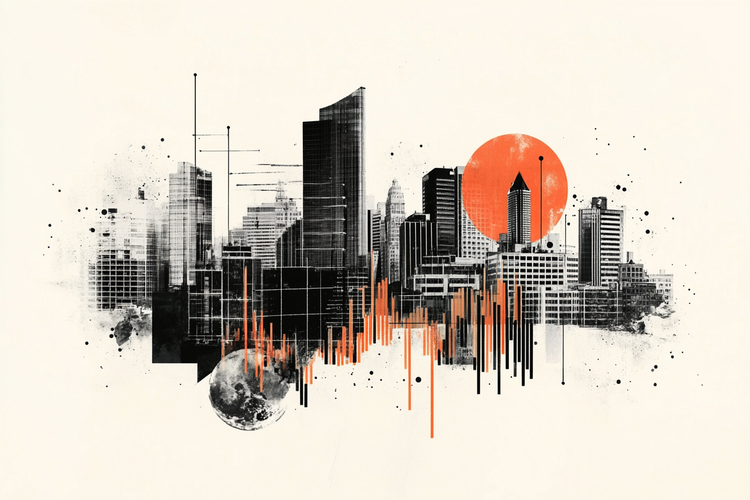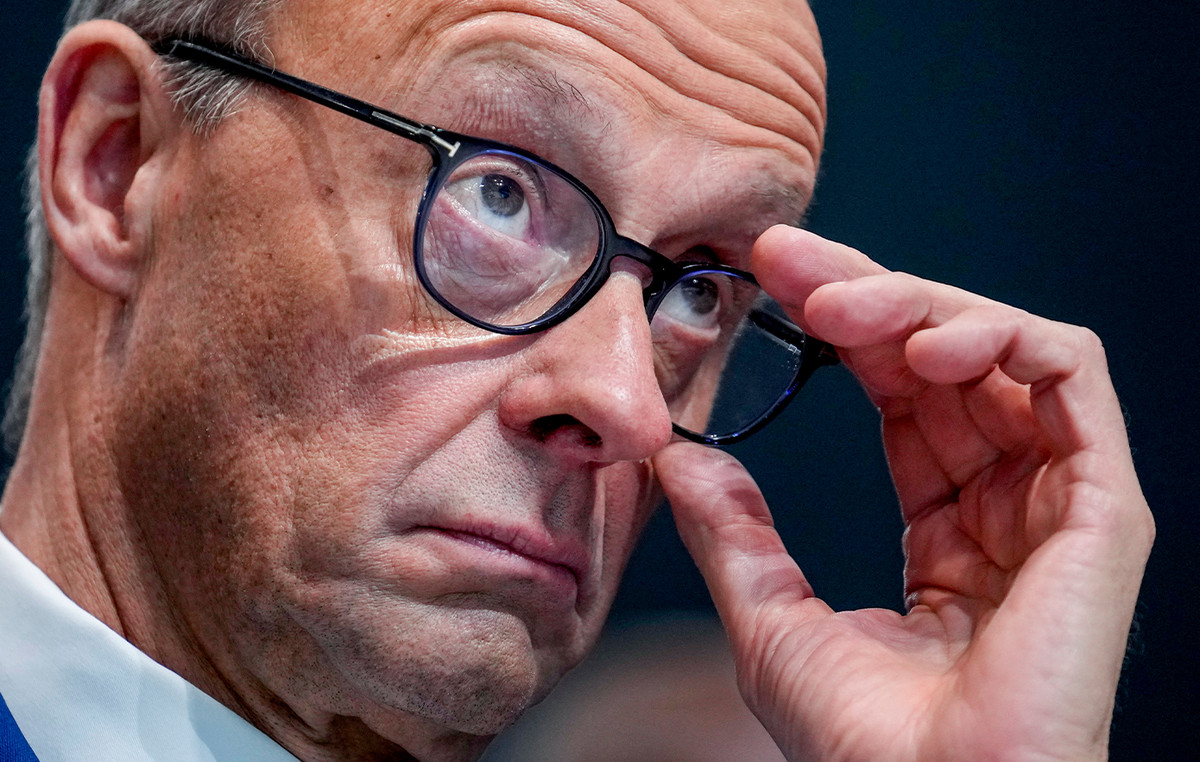Archaeologists in Denmark have unearthed more than 50 skeletons “exceptionally well preserved” in a large Viking era cemetery in the east of the country.
A team from the Odense Museum has spent the last six months excavating the Åsum site, which covers around 2,000 square meters and is believed to date back to the 9th and 10th centuries.
The skeletons were buried alongside artifacts from far beyond Denmark’s borders, suggesting that Vikings traveled extensively for trade, according to museum staff.
Michael Borre Lundø, archaeologist and curator at the museum, told CNN that it is incredibly rare to find Viking remains in such a good state of preservation. “Often when we excavate bodies from this era, we are lucky if we only find a few teeth,” he said in a telephone interview on Tuesday.
Conditions at the site helped keep the skeletons in such good condition, he explained.
“In this particular location, there is a lot of limestone in the soil, which helps preserve bones, and there is also a lot of natural water,” he said. “For long periods of time, the bodies of Vikings were covered in water, which slowed the decomposition of the skeletons.”

Archaeologists were called in to excavate the area as part of work to renew the electricity network. “We had no idea there would be a cemetery with Viking skeletons there,” Lundø said.
“It is really unusual to find so many well-preserved bones at once, like those discovered at Åsum,” he added in a press release.
“This discovery offers extraordinary opportunities to perform a wide range of scientific analyses, which could reveal more about the general health, diet and origins of those buried,” he said. “Analysis could even reveal whether the buried Vikings were related, which would be particularly significant as this has never been examined in similar graves.”
Items found alongside the skeletons also suggest much about the deceased — including their status in society and how far they might have traveled for trade.
Perhaps the most significant of the skeletons was that of a woman found buried in a chariot, the upper part of a Viking wagon that was used as a coffin.

Lundø said in the press release: “she was buried in the wagon in which she probably traveled. We must imagine that she was buried with her best clothes and belongings. She received a beautiful necklace of glass beads, an iron key, a knife with a handle adorned with silver thread and, most notably, a small fragment of glass that may have served as an amulet.”
“At the foot of the cart, there was a finely decorated wooden chest, the contents of which we still do not know,” commented the archaeologist.
Another person’s grave nearby contained a beautiful three-lobed bronze brooch, a single red glass bead on a chain around the deceased’s neck, an iron knife, and a small piece of rock crystal.
According to Lundø, it was this stone that aroused the greatest interest. “Rock crystal does not occur naturally in Denmark and was probably imported from Norway. Several items from many tombs at Åsum indicate that the Viking burials were connected to international trade networks that developed during the Viking Age,” he said in the statement.
The discovery of the burial site confirms that Åsum was a key geographic point for early urban developments, which eventually led to the formation of Odense — the third largest city in Denmark.

Archaeologists are still excavating part of the area at the site, but most of the skeletons and artifacts are already at the museum, awaiting further examination.
Lundø told CNN : “Now the skeletons are drying a bit before we can wash them and send them to Copenhagen for further examination.” Among other things, scientists in the Danish capital will attempt to extract DNA from the remains to learn more about the people buried there.
“This is going to be very exciting,” Lundø told CNN . “I believe this will give us a much better idea of their ages, genders, what illnesses they might have had and whether they were related.”
This content was originally published in Archaeologists find more than 50 Viking skeletons in Denmark on the CNN Brasil website.
Source: CNN Brasil
Charles Grill is a tech-savvy writer with over 3 years of experience in the field. He writes on a variety of technology-related topics and has a strong focus on the latest advancements in the industry. He is connected with several online news websites and is currently contributing to a technology-focused platform.







